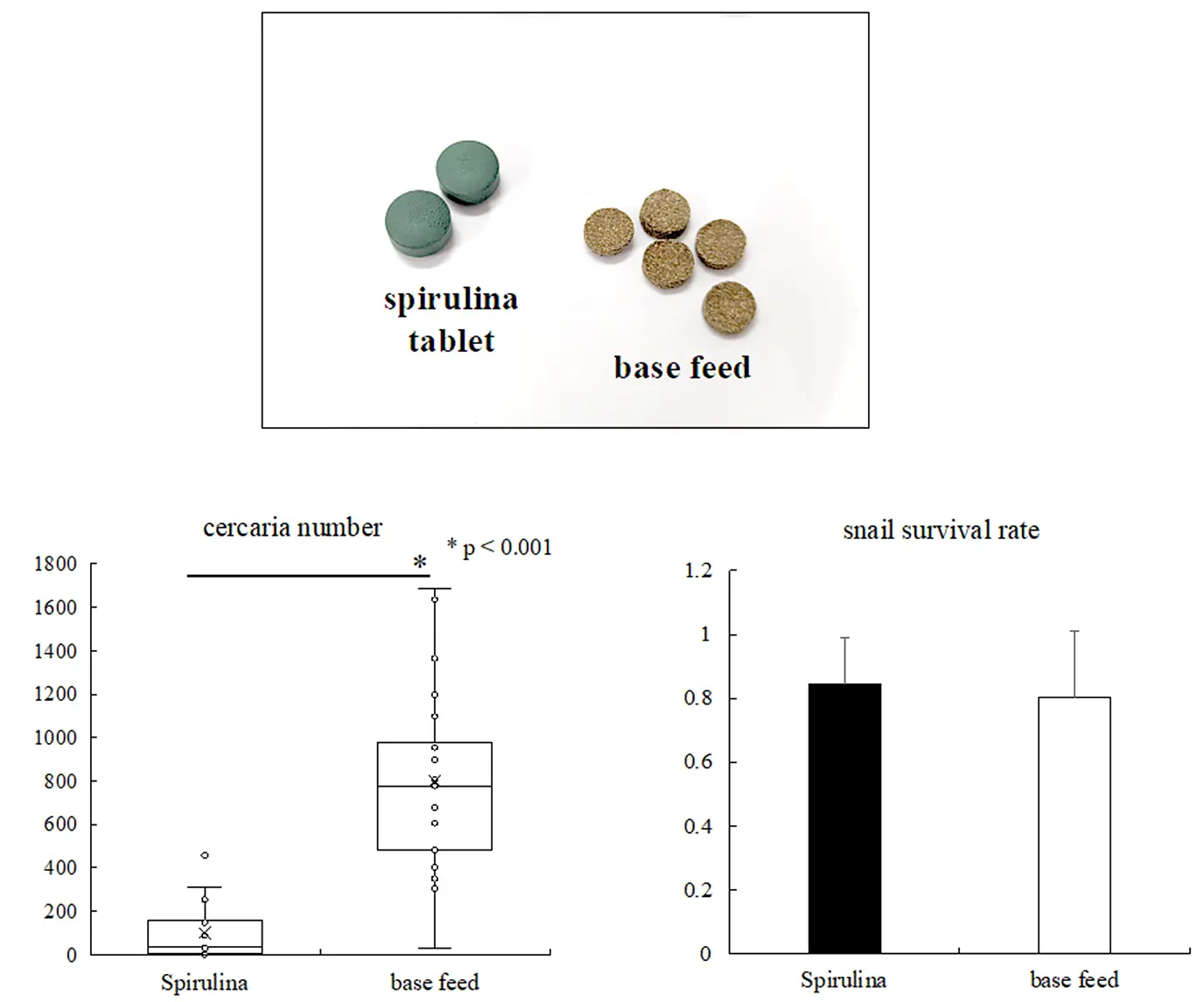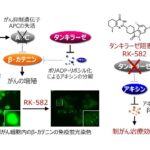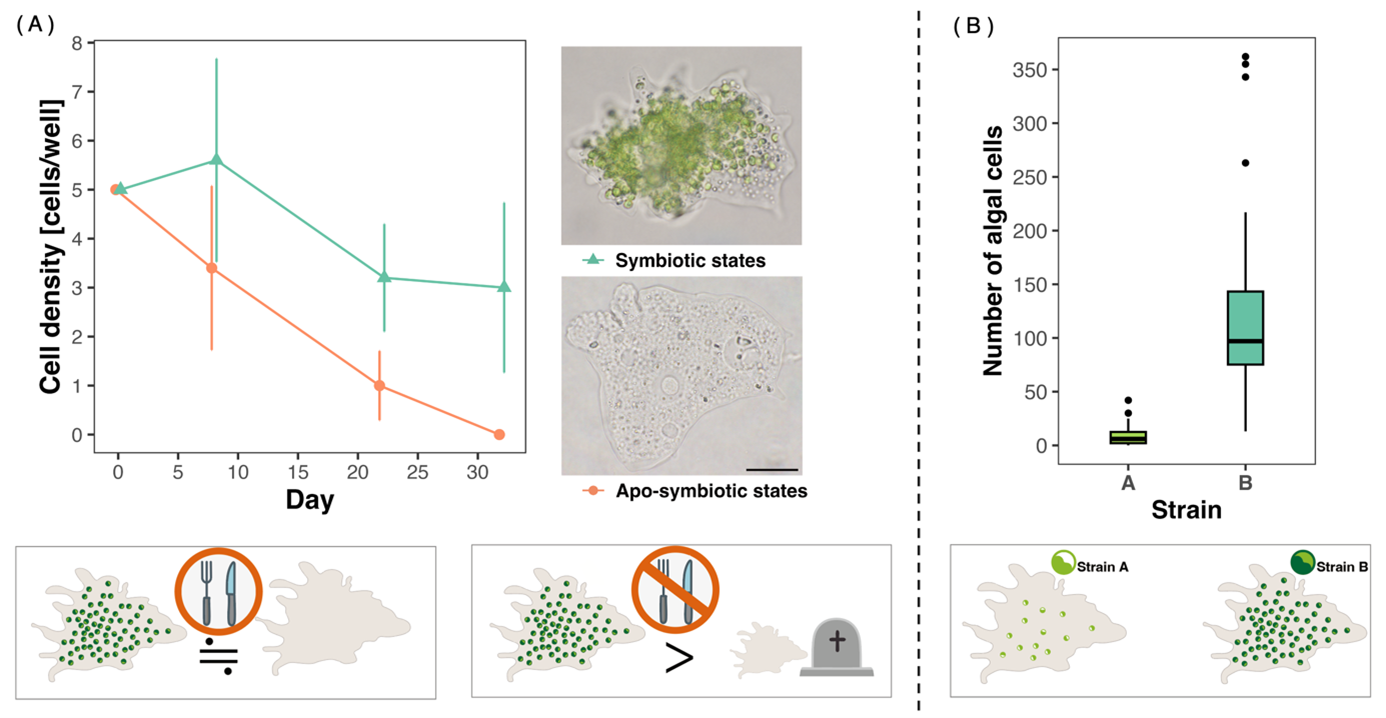2025-05-08 東京科学大学
 図1. 研究で使用されたスピルリナ飼料と基本飼料(上図)。マンソン住血吸虫を感染させた中間宿主巻貝にそれぞれの飼料を6週間摂食させた後に游出してきたセルカリアの数(左下図)。同じく6週間摂食させた後の巻貝の生存率(右下図)。
図1. 研究で使用されたスピルリナ飼料と基本飼料(上図)。マンソン住血吸虫を感染させた中間宿主巻貝にそれぞれの飼料を6週間摂食させた後に游出してきたセルカリアの数(左下図)。同じく6週間摂食させた後の巻貝の生存率(右下図)。
<関連情報>
- https://www.isct.ac.jp/ja/news/xv4jyepkl7jw
- https://www.isct.ac.jp/plugins/cms/component_download_file.php?type=2&pageId=&contentsId=1&contentsDataId=1451&prevId=&key=9477353b69443eb9e93d9590360ec839.pdf
- https://tropmedhealth.biomedcentral.com/articles/10.1186/s41182-025-00727-3
中間宿主軟体動物ではなく、マンソン住血吸虫の2幼虫期にのみ有効なスピルリナ飼料の開発 Development of a spirulina feed effective only for the two larval stages of Schistosoma mansoni, not the intermediate host mollusc
Takashi Kumagai,Masaaki Miyamoto,Yurino Koseki,Yasuyuki Imai & Tomoko Ishino
Tropical Medicine and Health Published:02 April 2025
DOI:https://doi.org/10.1186/s41182-025-00727-3
Abstract
Background
Schistosomiasis control relies primarily on mass drug administration with praziquantel. However, persistent reinfection and high treatment costs remain significant challenges. Current strategies largely overlook intermediate host molluscs and infected larvae, which are critical sources of transmission. Niclosamide, the only widely used molluscicide, is limited by its high environmental toxicity and cost, creating a need for safer and more sustainable alternatives.
Methods
In this study, we investigated the effects of a spirulina-based feed derived from the cyanobacterium Arthrospira platensis on infected snails. Laboratory experiments were conducted to assess the impact of spirulina on cercariae release from infected snails. We further examined the safety profile of spirulina by testing its effects on both snails and Japanese medaka. Additionally, the direct effects of spirulina constituents on cercariae viability were evaluated.
Results
Snails fed spirulina presented a significant reduction in cercariae output, with reductions of up to 88%. The reduction was concentration dependent and more pronounced during the early stages of infection. Spirulina had no toxic effects on either snails or Japanese medakas. Further analysis revealed that the active ingredient causing the increase in mortality in cercaria was linoleic acid, a common ingredient in both the spirulina feed and the base feed, and a direct anti-parasitic effect of linoleic acid was confirmed.
Conclusion
Spirulina represents a promising, environmentally safe feed that can reduce the transmission of schistosomiasis by directly impacting schistosome larvae within infected snails and reducing the release of cercariae. This novel approach offers a sustainable and nontoxic alternative to current molluscicidal strategies and may contribute to more effective and environmentally friendly schistosomiasis control.


